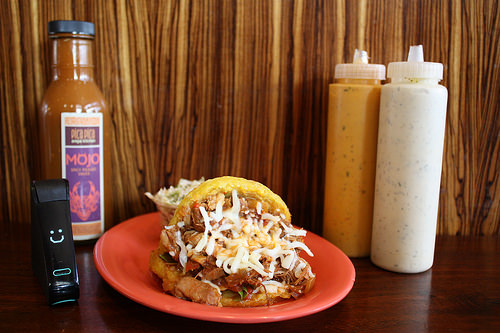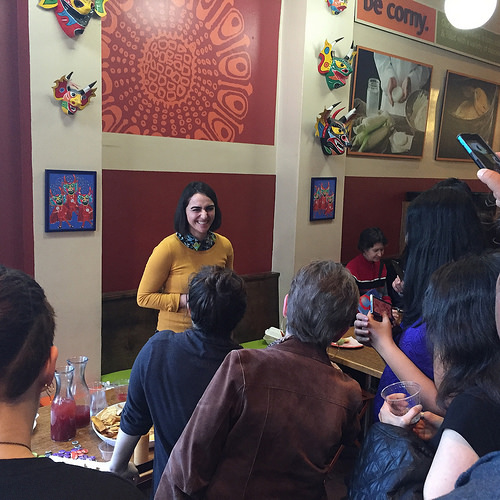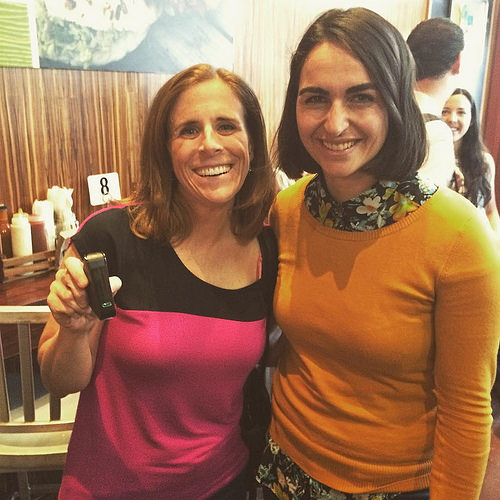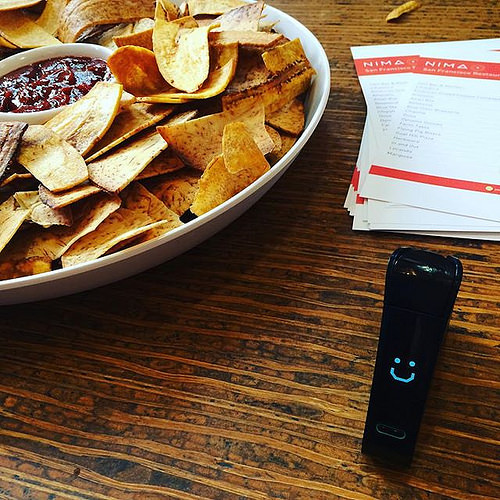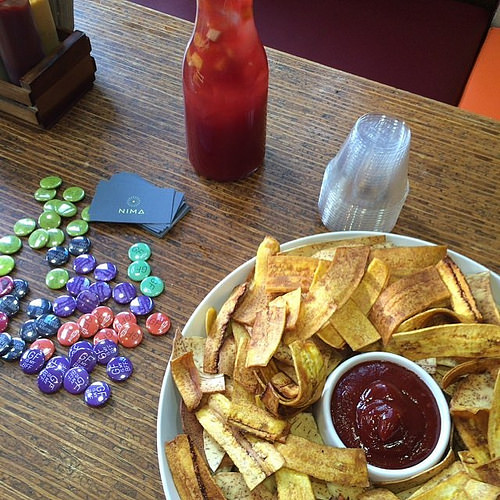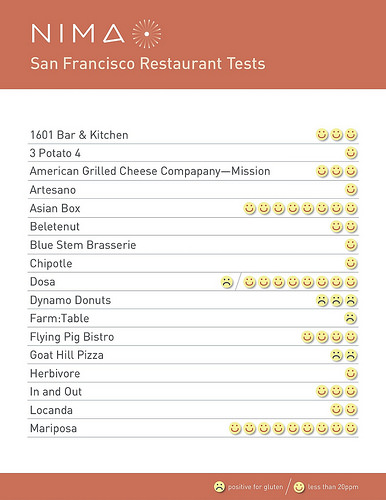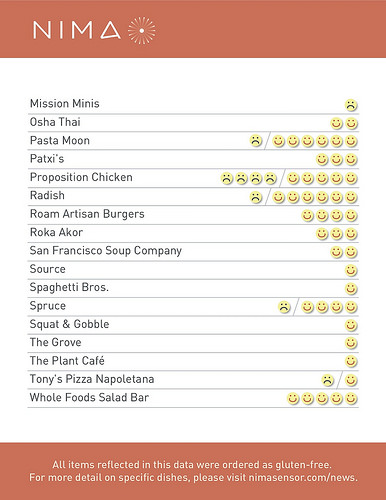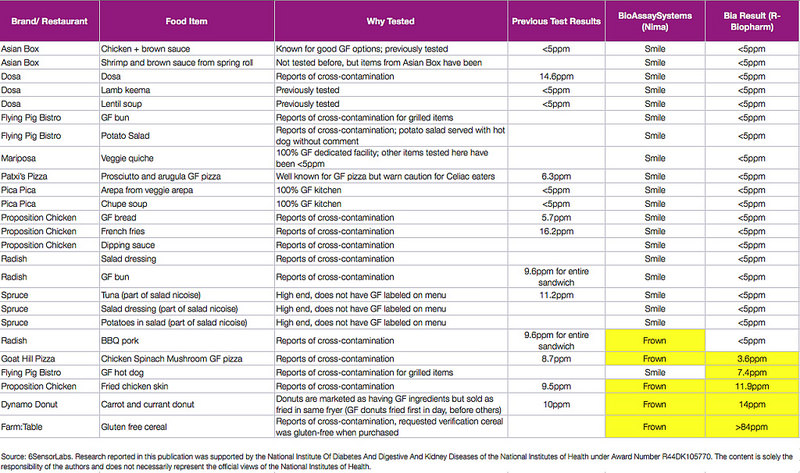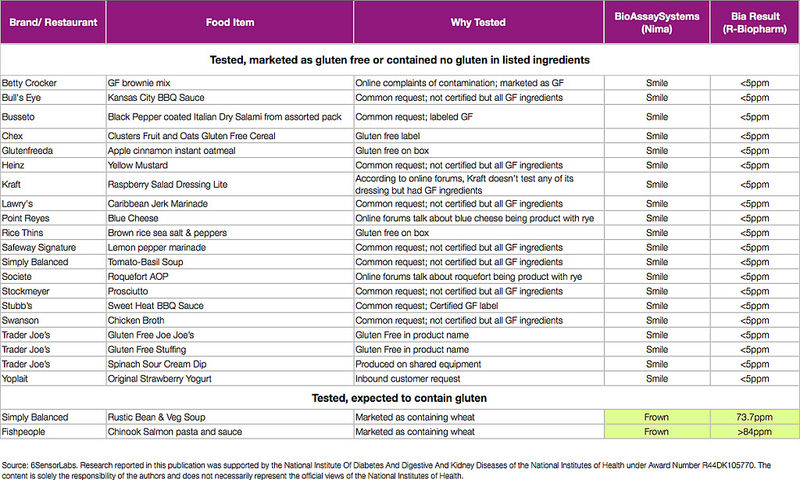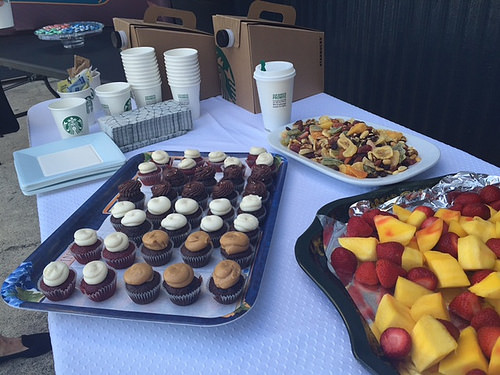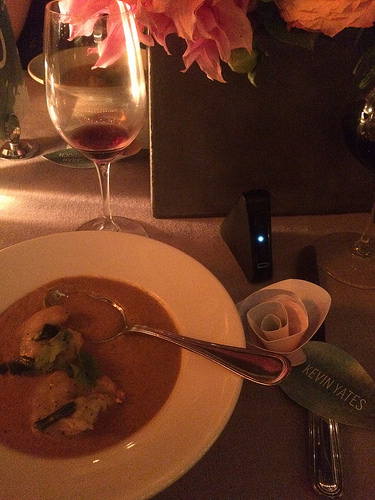
Current and potential customers often ask us why we decided to create a food sensor for consumers versus a food testing device for restaurants to use. Why not put the onus on the businesses preparing foods to ensure the foods they are marketing as gluten-free truly are? The short answer: It’s complicated.
The basis for our decision came from initial market research we did before even founding the company.
As you may know, unlike packaged foods, restaurant foods labeled as gluten-free are not regulated by the FDA. Back in 2012, we interviewed about 30 restaurant industry professionals in the Boston area to discuss their viewpoints on serving gluten-free menu items and food testing. For the most part, restaurants were not seeing gluten-free dining as a pain point. They made their best effort to accommodate special dietary needs, but some restaurant staff thought that if someone is highly sensitive or allergic to a food, they shouldn’t even be eating out. Restaurants needed to cater to the masses due to razor-thin margins - people with celiac disease and/or food allergies were not the majority of the population, so they were willing to take that hit if a small percentage don’t frequent their establishment.
Now in 2016, restaurants are understanding that ingredients and special dietary needs are becoming more important to the American diner, but restaurants have a hard time prioritizing among a host of other concerns, as shown by the National Restaurant Association.
If you’ve ever worked in a restaurant, you’ll know how chaotic and busy both the front and back of house can be, with multiple touch points between the customer ordering food and the dish being served to the customer. Restaurant staff don’t know where the device fits in operationally: Do they test the raw ingredients? Do they test the finished product? Even then, they won’t know what caused the cross-contamination. And gluten isn't the only intolerance they need to cater to (peanut, milk, shellfish, soy, egg and countless others), so testing all their foods for people with numerous allergies or diets would be cumbersome.
Consumers with celiac disease and/or food allergies and intolerances, on the other hand, have a visceral need to know what’s in their food. They’re the folks getting sick from unintended gluten exposure one out of every five times they dine out. They want to have the data in their hands to make better, healthier decisions about what they choose to eat. A recent survey by OpenTable found that 86 percent of diners check menus before going to a restaurant, and about 20 percent of diners wish restaurants knew about their allergies beforehand. We found that the pain point really was with the consumer. They want to feel empowered by having information about their food. In our recent findings, nearly 75 percent of gluten-free consumers would want to test their food for gluten before eating. Based on these conversations and studies, we built Nima to be a portable device that consumers could use on-the-go versus a system for restaurant owners, chefs and staff to use in the kitchen.
However, as consumer trends continue to change, do we see food testing on the restaurant side becoming more prevalent in the future? Absolutely. We believe that as more and more diners have these sensors and can obtain real-time data about the foods being served, restaurants will start to see the need for validation of menu labels.
The interest is already starting to trickle in. In our neck of the woods in San Francisco, the owner of Pica Pica Arepa Kitchen approached us to use Nima so she could validate her claims that her kitchen is 100 percent gluten-free. She sources all gluten-free ingredients and touts a gluten-free menu and kitchen as a differentiator for locals who can’t or don’t eat gluten. She now uses Nima to randomly test and verify her ingredients so her guests can dine with confidence. We suspect that more and more restaurants will want to embrace the diner with special dietary needs, even make their accommodations a unique selling point and use Nima to verify their claims.
While there are a few restaurants leading the industry in offering and testing gluten-free dishes, right now, the majority don’t see it as a priority. Once Nima gets into the hands of consumers and you start seeing them at dinner tables near you, we can only hope consumer demand for food transparency will translate to a bigger emphasis for restaurants.

